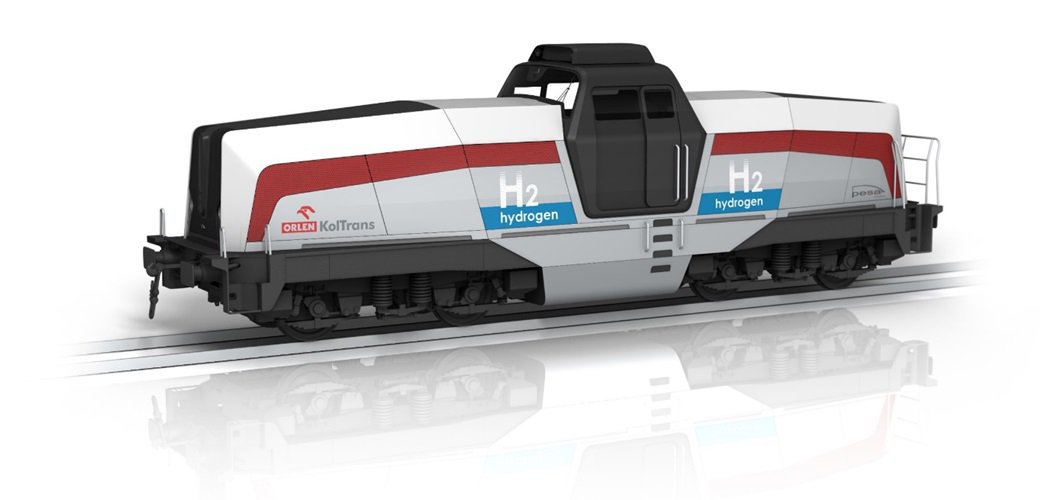





-
Application
- Industry
- Heating industry
- Individual solutions
- Law regulations
- Certification
- Research and development
- Public perception
- Investment map
-
Transport
- Hydrogen buses
- Hydrogen trains
- Special vehicles
- Law regulations
- Certification
- Research and Development
- Public perception
- Investment map
-
Production
- Technology
- Green hydrogen from Renewable Energy Sources
- Grey hydrogen
- Hydrogen production from biomass
- Law regulations
- Certification
- Research and development
- Public perception
- Investment map
-
Transmission, Storage



Cookies
Informujemy, iż w celu optymalizacji treści dostępnych w naszym serwisie, dostosowania ich do Państwa indywidualnych potrzeb korzystamy z informacji zapisanych za pomocą plików cookies na urządzeniach końcowych użytkowników. Pliki cookies użytkownik może kontrolować za pomocą ustawień swojej przeglądarki internetowej. Dalsze korzystanie z naszego serwisu internetowego, bez zmiany ustawień przeglądarki internetowej oznacza, iż użytkownik akceptuje stosowanie plików cookies. Czytaj więcej Polityka prywatności
Transport
It’s a turn for hydrogen trains in Europe and Poland
The use of hydrogen on the railways is not yet of a mass character, but in recent years a lot has been happening on this market. What is the history of this segment of the railway market and what are its prospects?The European and world premiere of a train powered by hydrogen fuel cells took place in Bremervörde, Germany. The train was produced by Alstom, which used the Coradia Lint platform which has been in service for 20 years. The hydrogen version named iLint was built at the Salzgitter plant. On 17 September 2018, the first two trains of this type were put into passenger service in Lower Saxony. The first line operated on behalf of the LNVG Transport Board was a connection between Cuxhaven, Bremerhaven, Bremervörde and Buxtehude with a length of around 100 km. By refuelling the trains at the mobile station in Bremervörde, approximately 1,000 kilometres can be travelled. The test phase was successfully completed in May 2020 and LNVG confirmed an order for 14 hydrogen iLints; delivery is scheduled for 2022.
Also in 2022 is the delivery date for the second iLint order already won: The Rhine-Main region has ordered 27 such trains for as much as €500 million. This contract also includes the supply of hydrogen, which the German government will subsidise, as well as 25 years of maintenance.

In April 2021, the SNCF Voyageurs, from the SNCF (French Railways) group, ordered 12 hybrid (electric-hydrogen) four-car trains from the Coradia Polyvalent series on behalf of the Auvergne-Rhône-Alpes, Bourgogne-Franche-Comté, Grand Est and Occitanie regions for €190 million. The order includes an option for two further vehicles. Alstom will also supply six hydrogen-powered trains to Italy - they will be built based on another platform, the Coradia Stream. Ferrovie Nord Milano will pay €160 million for them. Delivery is scheduled for 2023, and the contract includes an option for eight more units.
A train powered by hydrogen fuel cells is also being prepared by Siemens Mobility. It belongs to the latest Mireo platform and is designated Mireo Plus H. The unit is due to enter supervised operation with passengers in Bavaria (Augsburg-Füssen route) in January 2024. The operator will be BRB from the Transdev Group. A train of this type will be tested by Deutsche Bahn in the same year as part of the "H2goesRail " https://gruen.deutschebahn.com/en/measures/hydrogen/h2goesrail project funded by the Federal Ministry of Transport and Digital Infrastructure (BMVI). The range of the unit is planned to be at least 600 km for the two-car version and 1000 km for the three-car version. The route has been set on the lines between Tübingen, Horbe and Pforzheim, among others, because of its varied topography. In May 2021, the manufacturer announced the preparation for testing of a hydrogen version of the Vectron line locomotive together with Helmholtz Institute Erlangen-Nuremberg in the so-called LOHC liquid carrier technology.
The EU's €13.3 million FCH2RAIL https://cordis.europa.eu/project/id/101006633/pl project to build a train combining electric traction from the overhead contact line with batteries and hydrogen cells was awarded to an international team consisting of: Spanish Railways Renfe (will provide the Civia train for testing), Toyota (fuel cell modules) and rolling stock manufacturer CAF (will provide the batteries), the German Aerospace Centre of the Institute for Vehicle Concepts and the infrastructure managers of Spain (ADIF) and Portugal (IP). In February 2021, the development of hydrogen technology was announced by a second Spanish manufacturer, Talgo. By November 2022, it wants to start testing the Talgo Travca MS hybrid electric-hydrogen locomotive with a maximum speed of 260 km/h and variable gauge.
Russian Railways is also working on using hydrogen. In May 2021, it announced the development of a hydrogen train in cooperation with the French state railway SNCF. In turn, in September this year Russian Railways, the government of the Sakhalin region, Rosatom and Transmashholding approved the construction of a hydrogen railway on Sakhalin Island. As a first step, TMH is to design and produce a pre-production batch of 7 trains. The infrastructure for hydrogen production and supply will be the responsibility of Rosatom, which already has a large hydrogen technology development programme.
Tests of the HydroFlex hydrogen cell train are being carried out in the UK by researchers at the University of Birmingham. It is a converted 319-series unit that serves as a platform for research into the possibility of upgrading existing vehicles to use hydrogen. And the Austrian Ministry of Climate Protection has awarded a €3.1 million grant to a local consortium to develop a hydrogen-electric train for local narrow-gauge services.
Rolling stock market potential
In the 27 countries of the European Union, a total of 56% of the network with a total length of 201,000 kilometres is electrified (2018 data) https://ec.europa.eu/transport/sites/default/files/com20210005-7th-rmms-report.pdf. From 2015 to 2018, the length of electrified sections increased by 855 km (1.2%); it can, therefore, be assumed that the electrification rate will not significantly affect the contraction of the market for vehicles not powered by the overhead line. In Poland the electrification rate is higher than the EU average - approx. 62% on a network with a length of 19,400 km; the German railway network with a total length of 33,000 km is electrified to a comparable extent (60%). However, German Railways currently operates around 1300 diesel units for regional traffic, plus hundreds of trains from private operators.
Polish passenger carriers have only 196 diesel multiple units (compared to almost 1200 electric units https://utk.gov.pl/download/1/61082/Taborkolejowy2019.pdf). This means that the potential for supply of hydrogen multiple units in Poland will depend not only on the pressure to replace rolling stock with zero-emission rolling stock, but also on the decision to increase the use of the railway network (mainly to combat transport exclusion). In Poland, it is 23 trains per day per 1 km of the railway network (data for 2017 https://dane.utk.gov.pl/download/1/51474/Analizawykorzystkoleiwwojewodztwach8.pdf), and the number is underestimated mainly by the poor service of non-electrified lines. The EU average for this indicator is 44 trains, and in the aforementioned Germany it is 58 trains.
Polish local authorities plan to make using KPO funds.
The first programme under which hydrogen trains were announced for purchase in Poland is the National Reconstruction Programme (KPO). Local governments have submitted project fiches for the purchase of a total of 415 vehicles, including 29 hydrogen trains (for a sum of about PLN 752 million). This includes: a project to purchase 12 hydrogen multiple units by Greater Polish Voivodship (which intends to realise the so-called Hydrogen Valley in Konin), five by Kuyavian-Pomeranian Voivodship and 12 by Lower-Silesian Voivodship; the latter, however, has assumed the purchase of zero-emission vehicles, and hydrogen propulsion is one of the options considered.

The first Polish rolling stock manufacturer to start developing hydrogen technology is Pesa Bydgoszcz; it has been working on a fuel cell shunting locomotive for two years. Trains from the manufacturer's new Regio160 platform are also to be adapted to use hydrogen; such a train set is expected to be ready in 2025. However, customers will not have to opt for fuel cells straight away; the manufacturer has announced that its vehicles will be produced in the "hydrogen ready" formula, in which the installation of a hydrogen system will be possible during repairs of level P4 and P5. In August 2021, PKP Group, PKN Orlen and Pesa signed an agreement on conducting joint research and development projects in developing the use of hydrogen as a fuel on the railway.
A similar agreement was already signed in 2018 by PKP Cargo, Jastrzębska Spółka Węglowa and Fabryka Pojazdów Szynowych H. Cegielski, but so far the results of these activities have not been announced.
Redakcja





